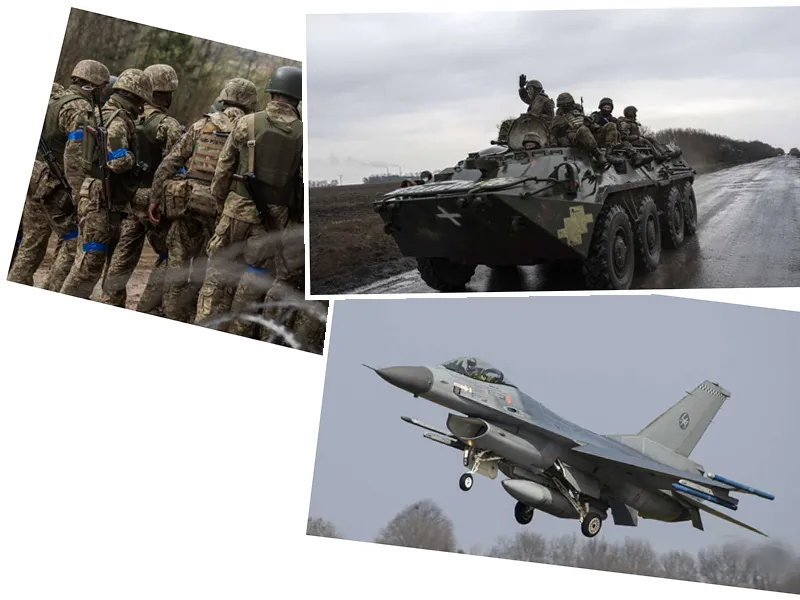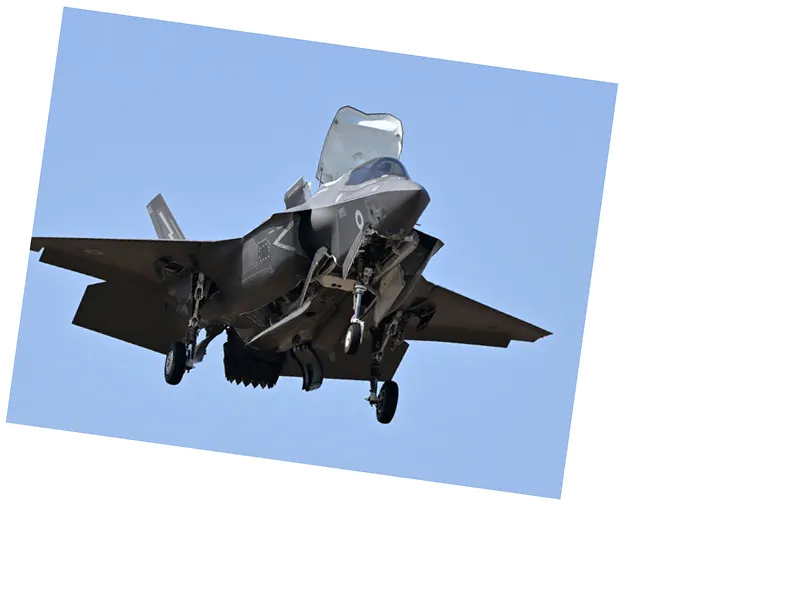Overcoming Jet Lag: Essential Tips for Travelers
Jet lag can be a significant hurdle for travelers, especially those crossing multiple time zones. This temporary condition occurs when the body's internal clock, or circadian rhythm, struggles to adjust to the new time zone, leading to symptoms like fatigue, insomnia, and digestive issues. According to Luis Pablo Canales, a transatlantic commercial flight pilot, the more time zones you cross, the more pronounced the imbalance you will feel. To mitigate the effects of jet lag, travelers can employ several strategies.
One effective approach is to gradually adjust your sleep schedule before traveling. Experts from the Mayo Clinic suggest going to bed an hour earlier or later, depending on your destination's direction. Additionally, staying hydrated during flights is crucial, as low cabin humidity can lead to dehydration. The Spanish Society of Aerospace Medicine recommends drinking 100 to 300 milliliters of fluids per hour to combat this.
Another key factor in overcoming jet lag is exposure to sunlight. Dr. Alex Ferré, a sleep medicine specialist, emphasizes that light significantly impacts our circadian rhythms. Travelers should strategically seek out sunlight upon arrival, avoiding bright light in the early morning if traveling east and instead exposing themselves to it during midday. Using apps like Timeshifter can help manage light exposure and optimize sleep schedules.
Incorporating short naps can also aid recovery. Keeping naps to 20 minutes can refresh energy levels without disrupting nighttime sleep. Lastly, grounding techniques, such as walking barefoot on natural surfaces, can help reconnect with the earth's energy, promoting better sleep and reducing stress. By following these tips, travelers can effectively manage jet lag and enjoy their trips to the fullest.
The Strategic Use of F-16 Fighter Jets in Ukraine
The recent deployment of F-16 fighter jets in Ukraine marks a significant development in the ongoing conflict with Russia. Ukrainian President Volodymyr Zelenskyj reported that the jets have already played a crucial role in destroying several missiles and drones launched by Russian forces. This comes amid one of the heaviest attacks since the war began, with Russia firing over 200 missiles and drones targeting critical infrastructure.
The introduction of F-16s is expected to reshape Ukraine's military strategies. Military experts believe that with these advanced fighter jets, Ukraine can enhance its air defense capabilities, allowing older Soviet-era aircraft to focus on offensive operations. This shift could facilitate more frequent and effective air strikes against Russian ground targets, particularly in regions like Kursk.
As the F-16s become integrated into Ukraine's air control systems, their roles may expand beyond air defense to include long-range precision strikes, especially if new missiles are provided by the U.S. However, challenges remain, including the limited number of F-16s currently available and the need for training and resources to maximize their effectiveness. Despite these obstacles, the deployment of F-16s represents a pivotal moment in Ukraine's efforts to regain air superiority and push back against Russian aggression.
- Travelers can also consider taking melatonin supplements after consulting with a healthcare provider, as it may help regulate sleep patterns. It's essential to be patient and allow time for your body to adjust to the new time zone. Remember, the process of overcoming jet lag is gradual, and implementing these strategies can significantly enhance your travel experience. The F-16s' involvement in the Ukraine conflict not only serves as a defensive measure but also opens up new offensive capabilities against Russian forces. As more F-16s are introduced and pilots gain experience, their effectiveness in combat is expected to increase. The ongoing situation remains dynamic, with both sides adapting their strategies in response to the changing battlefield.






